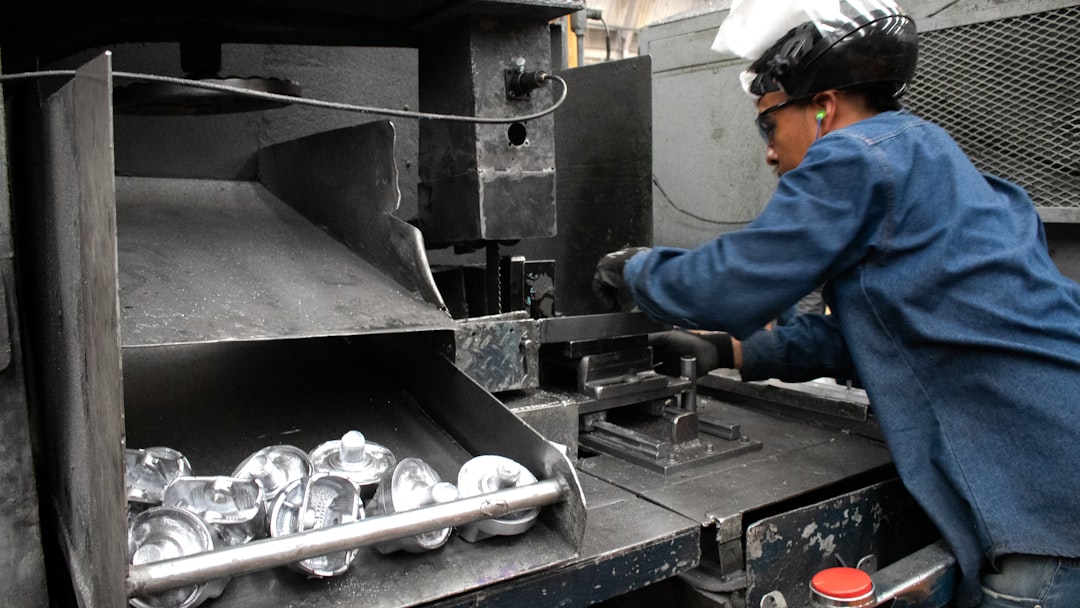In the competitive B2B steel industry, a one-size-fits-all approach to marketing and sales is a recipe for disaster. To truly thrive, you need to understand your customers on a deeper level. This means implementing effective customer segmentation – the process of dividing your customer base into distinct groups based on shared characteristics. By understanding these segments, you can tailor your messaging, pricing, and service offerings for maximum impact, leading to increased sales and improved customer loyalty.
1. Identifying Key Segmentation Variables for B2B Steel Customers
Choosing the right variables is crucial for successful segmentation. For B2B steel customers, consider these key factors:
- Industry: Construction, automotive, manufacturing, energy – each industry has unique steel requirements and purchasing behaviors. A construction company will have vastly different needs than an automotive manufacturer.
- Company Size: Small businesses, medium-sized enterprises (SMEs), and large corporations all purchase steel differently. Large corporations often have complex procurement processes and require larger volumes.
- Steel Grade & Type: Different industries require different grades and types of steel (e.g., stainless steel, carbon steel, alloy steel). Segmenting based on specific steel needs allows for targeted product offerings.
- Purchase Volume & Frequency: High-volume, frequent buyers need different treatment than smaller, infrequent buyers. This impacts pricing strategies, inventory management, and relationship building.
- Geographic Location: Proximity to your facilities impacts delivery costs and lead times. Regional variations in market demand and regulatory requirements should also be considered.
- Purchasing Behavior: Analyzing past purchase history, including order size, frequency, and lead times, reveals valuable insights into customer preferences and buying patterns.
2. Developing Customer Personas for Targeted Marketing
Once you’ve identified key segmentation variables, create detailed customer personas. These are semi-fictional representations of your ideal customers within each segment. Each persona should include:
- Demographics: Company size, location, industry.
- Psychographics: Values, priorities, challenges, and goals.
- Buying Behavior: Preferred communication channels, decision-making process, purchase frequency.
- Pain Points: What are their biggest challenges related to steel procurement?
- Needs & Goals: What are they hoping to achieve by purchasing steel?
For example, a persona for a large automotive manufacturer might highlight their need for high-quality, consistent supply of specialized steel grades, delivered on time and within budget. In contrast, a small construction company’s persona might emphasize their need for readily available, cost-effective steel with quick turnaround times.
3. Tailoring Your Marketing & Sales Strategies to Each Segment
With well-defined customer segments and personas, you can tailor your marketing and sales efforts for maximum effectiveness. This includes:
- Targeted Messaging: Craft marketing messages that resonate with the specific needs and pain points of each segment. Use language and imagery that appeals to their priorities.
- Customized Pricing Strategies: Offer different pricing structures based on purchase volume, frequency, and contract terms. Negotiate volume discounts with large customers.
- Personalized Service: Provide dedicated account managers for high-value customers, ensuring prompt responses and proactive communication.
- Strategic Channel Selection: Use the most effective communication channels for each segment. Large corporations might prefer formal proposals and presentations, while smaller businesses might respond better to email marketing or social media.
- Optimized Product Offerings: Develop and offer products and services tailored to the specific needs of each segment. This could include specialized steel grades, value-added services, or customized delivery options.
4. Implementing and Measuring the Success of Your Segmentation Strategy
Implementing your segmentation strategy requires careful planning and execution. Start by gathering and analyzing customer data, then create a clear action plan for targeting each segment. Use a CRM system to manage customer interactions and track key metrics. Regularly monitor and measure the success of your strategy by tracking:
- Sales Growth within Each Segment: Are you seeing increased sales in the targeted segments?
- Customer Acquisition Cost (CAC): How much are you spending to acquire new customers in each segment?
- Customer Lifetime Value (CLTV): What is the long-term value of customers in each segment?
- Customer Retention Rate: Are you retaining customers effectively within each segment?
- Marketing ROI: Is your marketing spend generating a positive return in each segment?
Based on your findings, adjust your strategy as needed to optimize performance. Regular analysis and refinement are key to long-term success.
5. Staying Agile and Adapting to Market Changes
The B2B steel market is dynamic, with evolving customer needs and technological advancements. Your segmentation strategy should not be static. Regularly review and update your segmentation model to account for:
- Changes in Customer Needs: Are your customers’ priorities shifting? Are new challenges emerging?
- New Technologies: Are new steel production methods or applications impacting your customer base?
- Market Trends: Are there emerging industries or shifts in demand that require adjustments to your segmentation?
- Competitor Actions: How are your competitors segmenting their customer base and tailoring their offerings?
By staying agile and adapting to market changes, you can ensure your segmentation strategy remains effective and contributes to the long-term success of your business.
By following these steps, you can unlock the full potential of your B2B steel business by effectively segmenting your customer base and tailoring your approach to meet their unique needs. This will lead to increased sales, improved customer loyalty, and a stronger market position.
SEO Tags: B2B Steel Segmentation, Steel Customer Segmentation, B2B Marketing Steel, Steel Industry Marketing, B2B Sales Strategy




